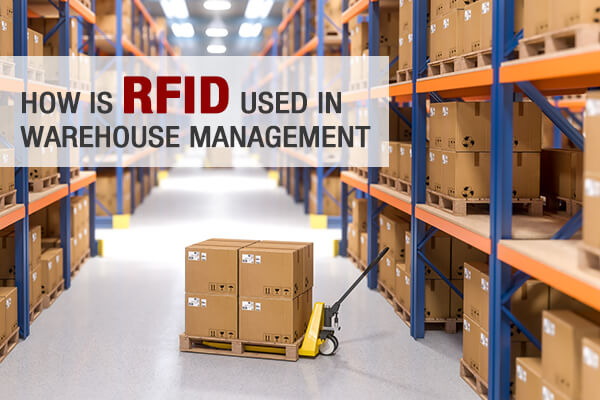Warehouse operations are driven by technology to improve efficiency, reduce errors, and keep things organized and running smoothly. Using RFID sensor systems in modern warehouses and distribution centers has impacted the ability to track and identify inventory in real-time. The RFID tracking system is an invaluable tool in the warehouse environment. With an RFID warehouse tracking system, even items that are hidden behind pallets or boxes can be cataloged and scanned from anywhere. Here are the benefits of using RFID in warehouse management;
To keep better track of the movement of products
Using RFID in the warehouse will deliver several key benefits as they are highly accurate, which eliminates the risk of human error. The RFID will automatically document an item’s arrival or exit. This saves time with automated processes that communicate with the warehouse software.
To reduce services that demand worker intervention
Workers can increase productivity and save hours on services such as pick and pack, as the RFID makes it possible to find the exact location of any item instantly. This increases accuracy and maximizes the speed at which things get done. The RFID technology automatically generates and reports information when scanned, therefore, reducing labor costs.
To streamline warehouse operations
An efficient warehouse is the face of the brand, therefore, it is essential for customer satisfaction because it helps ensure accurate and quick shipments. RFID technology increases inventory visibility and control which are key to boosting productivity and maximizing throughput. RFID technology has replaced manual tracking and handling of each element of shipping. This has prevented damages, human error, and time loss. RFID technology provides enhanced management information for operational and planning processes as it allows data to be captured in real-time at different stages in the product’s lifecycle.
To prevent overstocking or understocking
RFID technology allows easier accountability and inventory control. This enables the owner to know exactly what product is in stock and the quantity. The tags allow stock control for easier replenishing on the most moving product.
To give more information capability
Using RFID tags, supply chain partners, retail partners, and consumers can easily get more information such as tracking and tracing. The RFID tags can be scanned or tracked without a given line of sight. Therefore, partners and consumers can know what product is available and its exact location in the warehouse. RFID avoids duplication of data, transcription errors, and ‘missed items’ as the data is being collected and uploaded electronically. This improves data availability, accuracy, and visibility across the supply chain due to maximal information processing and lead capture. Maximizing the warehouse capability allows for increased labor productivity and optimized distribution.
To enhance quality and traceability
RFID systems ensure that items have passed through all the correct processes and checks before getting into the warehouse. This improves the quality and reduces the number of goods returned, as a product has been inspected and approved before being delivered to the warehouse and customer. Using the RFID tagging technology ensures traceability by tracking an item right from its point of origin.
Conclusion
Warehouses have to redesign their functionality to deliver the desired results and sustain their presence in the modern competitive environment in their industry.
Click here to learn more about RFID products that are used in warehouse management.
.png)
